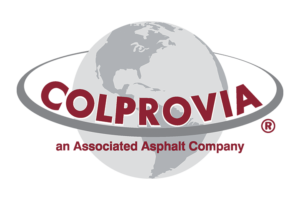While airport taxiways may not experience the same volume of traffic as a highway road, the heavy load of jumbo jets combined with the damaging properties of jet fuel can lead to extensive cracking and rutting – reducing the lifespan of ordinary asphalt significantly. To help airport facilities reduce downtime for runway repairs, a specially mixed Fuel Resistant asphalt binder was developed to allow facilities to produce and lay asphalt quickly; and was designed to withstand the weathering of rigorous daily airport activity.
In 2007, this Fuel Resistant Hot Mix Asphalt (HMA), StellarFlex FR® (formerly CITGOFlex FR), was laboratory tested by the Rutgers Asphalt Pavement Laboratory at the Center for Advanced Infrastructure and Transportation. The study compared the performance of the Port Authority of New York/New Jersey’s FAA #3 surface course HMA with our Fuel Resistant HMA, which had been proposed for airfield applications. Testing included measurement of 3 Repeated Load Permanent Deformation tests, 8 Flexural Beam Fatigue samples, 15 Dynamic Modulus tests, and Permeability in order to assess whether the proposed FR HMA performed as well as the FAA #3 surface course mix under the typical forces of an airport environment while continuing to resist jet fuel damage.
Conclusions drawn from the study showed that the Fuel Resistant mixes performed the best overall in the face of fatigue and deformation. The 50 Blow FR HMA demonstrated the greatest fatigue resistance while the 75 Blow FR HMA had performed best in rut resistance.
To read the full report: Laboratory Performance of Fuel Resistant Hot Mix Asphalt (2)





